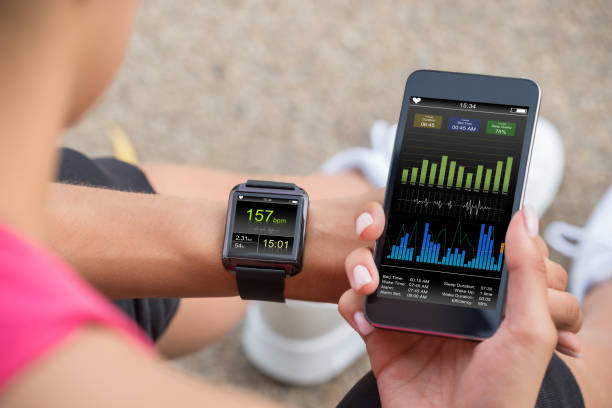Leveraging Technology for Personalized Preventive Care
Digital tools and data are transforming how preventive care is delivered, allowing individuals to access personalized insights that support wellness across nutrition, fitness, sleep, and recovery. This article outlines practical ways technology supports prevention, diagnostics, remote care, and long-term resilience without overpromising outcomes.

Personalized preventive care combines individual health data, evidence-based interventions, and digital platforms to reduce risk and support long-term wellbeing. Advances in wearable sensors, laboratory diagnostics, mobile apps, and telemedicine let clinicians and individuals monitor markers tied to metabolism, immunity, sleep, hydration, and mobility. By translating continuous data into tailored recommendations, technology helps people focus on prevention, resilience, and longevity rather than episodic treatment.
This article is for informational purposes only and should not be considered medical advice. Please consult a qualified healthcare professional for personalized guidance and treatment.
Wellness and nutrition personalization
Modern platforms can analyze dietary patterns, biomarkers, and activity to suggest targeted nutrition strategies that support metabolism and hydration. Apps that log meals, integrate with glucose monitors, or use photo-based food recognition provide actionable trends—such as how macronutrient timing affects energy and recovery. Personalized plans may include adjustments to calorie timing, micronutrient intake, and hydration schedules that align with fitness goals and immune health without relying on one-size-fits-all advice.
Fitness, mobility, and recovery
Wearables and motion sensors track strength, gait, and joint loading to inform tailored fitness programs that protect mobility and reduce injury risk. Recovery metrics—heart rate variability, sleep quality, and perceived exertion—feed adaptive training recommendations. Rehabilitation apps and connected devices support progressive loading and track functional outcomes, helping maintain resilience and preserve mobility over time through data-driven exercise prescriptions.
Diagnostics, screening, and prevention
At-home kits, lab integrations, and predictive analytics extend traditional screening by identifying early deviations in biomarkers linked to chronic conditions. Diagnostics that track lipids, glucose, inflammatory markers, or genetic risk can guide earlier lifestyle or clinical interventions. Integration with electronic records enables clinicians to combine screening results with clinical context, supporting targeted prevention strategies and routine monitoring tailored to individual risk profiles.
Telemedicine and remote monitoring
Telemedicine platforms enable ongoing clinical oversight, making it easier to act on screening results and diagnostics without frequent in-person visits. Remote monitoring of vitals, glucose, and activity supports timely medication adjustments, nutrition counseling, or referrals for in-person assessment when needed. Many local services now offer hybrid models that combine telehealth consultations with in-area screening and follow-up, improving continuity of care for preventive interventions.
Sleep, hydration, metabolism, immunity
Sleep tracking, hydration reminders, and metabolic measurements provide converging data that influence immune function and long-term health. Poor sleep can dysregulate metabolism and immunity; conversely, tailored hydration and nutrient timing can support recovery and cognitive performance. Technology helps identify patterns—such as sleep fragmentation linked to metabolic markers—so interventions can be tested and refined for measurable improvements in resilience and longevity.
Mindfulness, resilience, and longevity
Digital therapeutics and mindfulness apps offer scalable ways to build psychological resilience, reduce stress-related inflammation, and support long-term wellbeing. Programs that combine guided practices, cognitive-behavioral modules, and biofeedback can complement physical health measures to form a holistic preventive care plan. Over time, consistent behavioral support paired with objective monitoring can contribute to sustained lifestyle changes that align with longevity-focused goals.
Conclusion Technology adds precision and continuity to preventive care by connecting diagnostics, behavior tracking, clinical input, and behavior-change tools. When used thoughtfully and in partnership with qualified professionals, these tools can help individuals optimize nutrition, fitness, sleep, and recovery while supporting mobility, immunity, and long-term resilience. Ongoing evaluation of data, clear clinical oversight, and attention to accessibility determine how effectively digital approaches translate into meaningful preventive outcomes.





